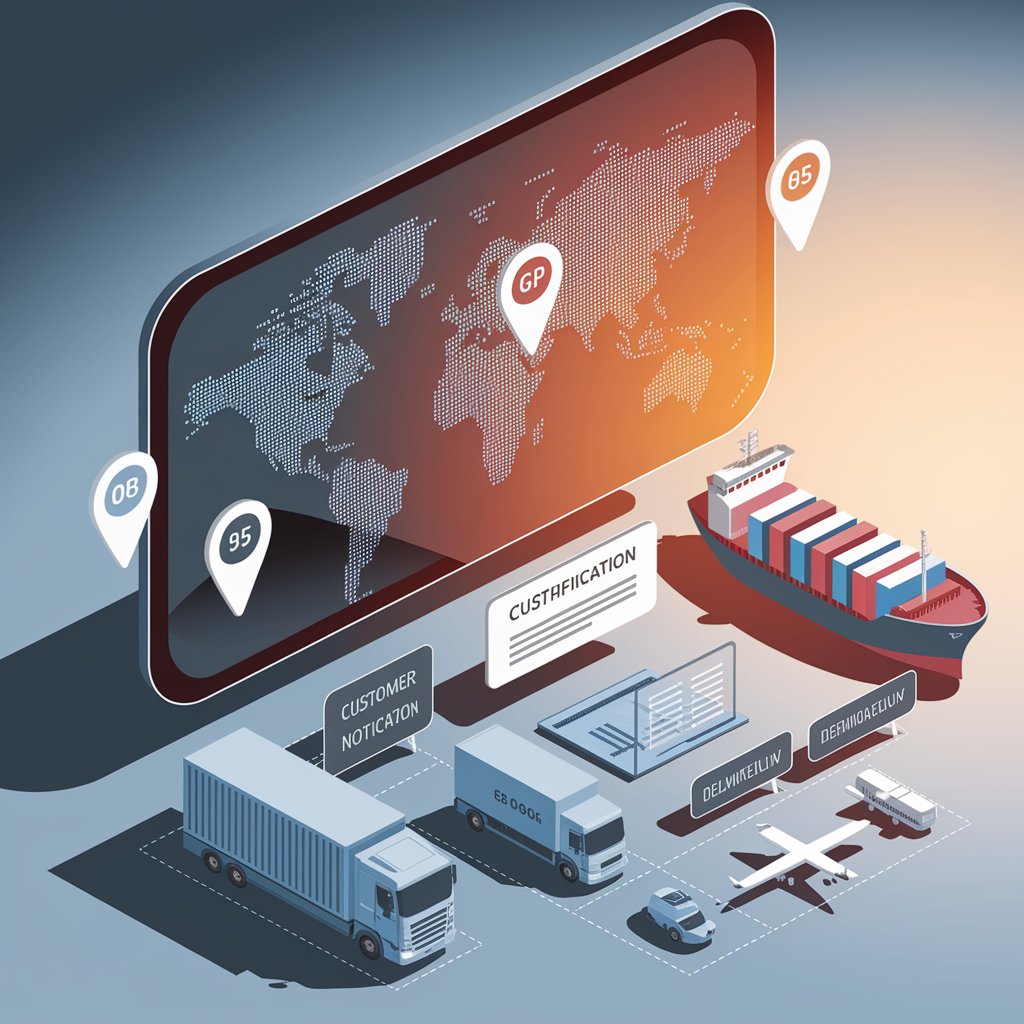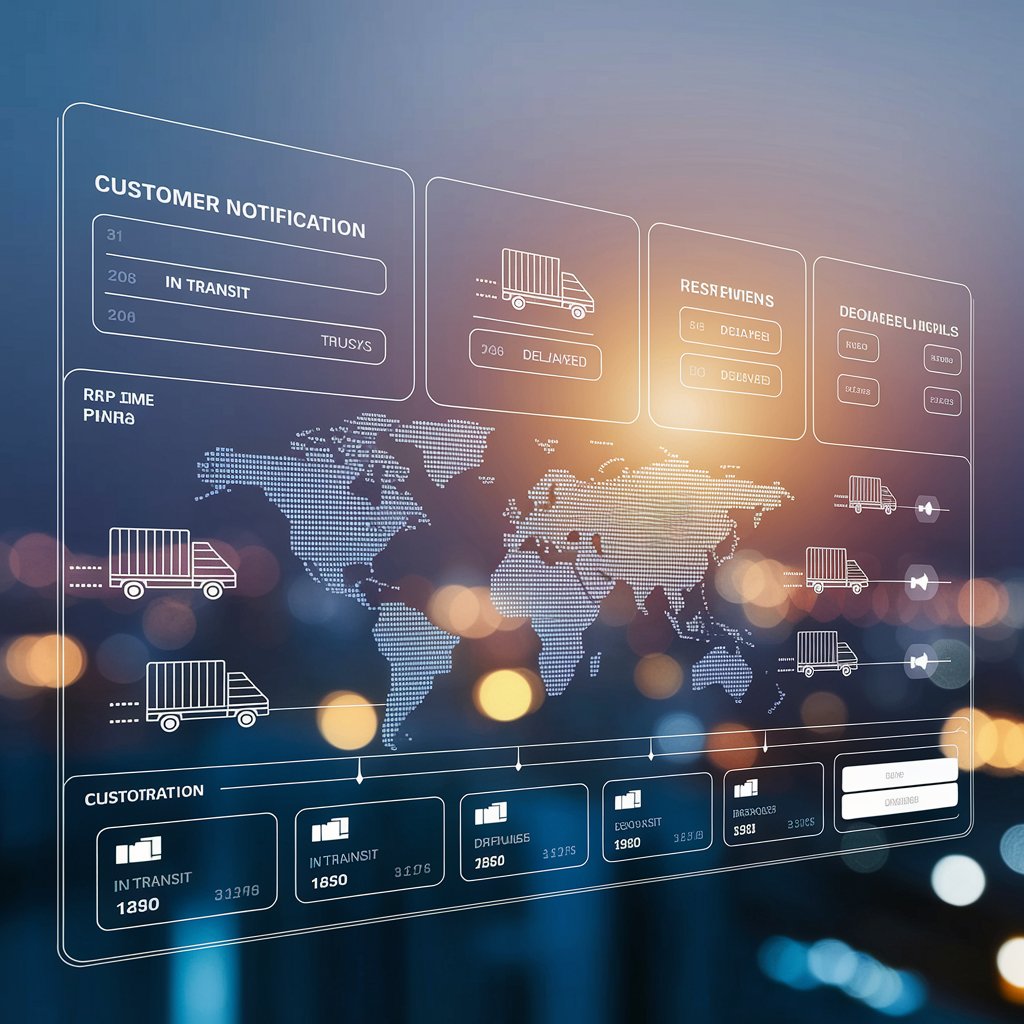Logistics Tracking Software: Real-Time Visibility for Smarter Supply Chains
In this guide, we’ll explore what logistics tracking software does, its key features, how it works, and why it gives your business a real competitive edge.

🚚 What Is Logistics Tracking Software?
Logistics tracking software is a digital platform that monitors the movement of goods in real time across the entire supply chain. It connects carriers, warehouses, brokers, and customers through one system, offering full visibility of shipments from origin to delivery.
💡 Whether you’re shipping by truck, air, ocean, or rail, tracking software ensures that no shipment is ever “in the dark.”
🧠 Why It Matters
Without tracking software:
- 📞 Brokers constantly call carriers for updates
- 📦 Customers are left asking “Where is my order?”
- 🕒 Delays go unnoticed until it’s too late
- 📉 Operational data is scattered or missing
With tracking software:
- 📍 You monitor shipments 24/7
- 📲 Clients receive automatic updates
- 🚨 You get alerts for delays, exceptions, or delivery issues
- 📊 Your team can analyze performance and optimize routes

🔧 Key Features of Logistics Tracking Software
Feature | Description |
📍 Real-Time GPS Tracking | Live location updates for trucks, containers, and parcels |
📲 Customer Notification System | Email or SMS alerts with tracking links |
📦 Shipment Milestones | Track pickup, in transit, arrival, and delivery events |
🔗 Carrier & TMS Integration | Syncs with trucking, ocean, or air transport systems |
📁 Document Upload & POD | Store proof of delivery and digital BOLs |
📊 Analytics & Reports | View delivery success rate, on-time metrics, and exceptions |
Some platforms also include branded portals, multi-language support, and customizable workflows.
🌍 Who Uses It?
Logistics tracking software is used by:
- ✅ Freight forwarders to manage multi-leg, international shipments
- ✅ 3PLs and carriers to reduce missed deliveries and improve fleet efficiency
- ✅ eCommerce brands to improve customer communication
- ✅ Manufacturers to track inbound/outbound shipments and supply chain status
🧠 If you’re managing more than 10 shipments per week, you’ll benefit from a centralized tracking system.

⚙️ How It Works (Simplified)
- 📦 A shipment is booked in the system
- 🚚 Carrier is assigned and GPS data begins streaming
- 📲 Notifications are triggered as milestones are reached
- 📁 POD is uploaded and archived
- 📊 Data is analyzed to optimize performance
Many systems use APIs or mobile apps to gather live data from drivers or third-party platforms (like Project44, FourKites, Macropoint, Linbis, etc.).
💸 Benefits for Your Business
- 🔍 Total shipment transparency
- 📉 Fewer delays and errors
- ⏱️ Faster response to disruptions
- 🤝 Improved customer satisfaction
- 📈 Data for smarter logistics planning
✅ Plus, you’ll spend less time chasing updates and more time scaling operations.

🏁 Final Thoughts
Logistics tracking software is more than a map with a pin—it’s a strategic tool for scaling your logistics operations, reducing costs, and delivering a modern customer experience.
Whether you’re a small freight agency or a global 3PL, this technology can transform the way you manage cargo.
🚀 Ready to stop guessing and start tracking in real time? The future of logistics is transparent, automated, and data-driven.
